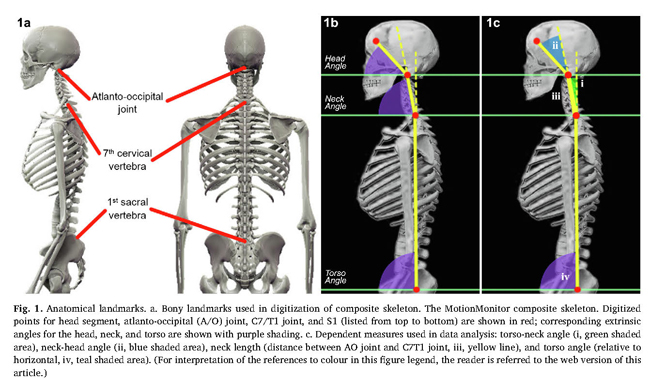
The head-neck-back relationship is fundamental to the Alexander Technique. A balanced alignment of the head on the neck as a result of the appropriate muscular tonus of the neck is associated with a more coordinated and efficient way of sitting and moving. The Technique teaches this new movement behaviour by first of all preventing the habitual way of moving (which disturbs the balance of the head on top of the spine). Typically the habitual movement behaviour happens already at the stage of anticipating/preparing to move. Scientists have now corroborated this. Research has shown that prolonged forward head posture (holding the head forward relative to the body) results in a stooped posture which is associated with a number of serious chronic health issues. A new study in the US has additionally discovered that forward head posture (‘head forward dipping’) increased in healthy adults already when they anticipated moving. Individuals with this behaviour had lower impulse control than those without the behaviour, suggesting that forward head posture may be related to an inability to resist impulses. (‘Lower impulse control’ roughly means reacting too quickly to a stimulus to do something.) Read the study, ‘Neck posture is influenced by anticipation of stepping’, in Human Movement Science vol. 62, pp. 108–22.
https://www.sciencedirect.com/science/article/abs/pii/S0167945718300277.
